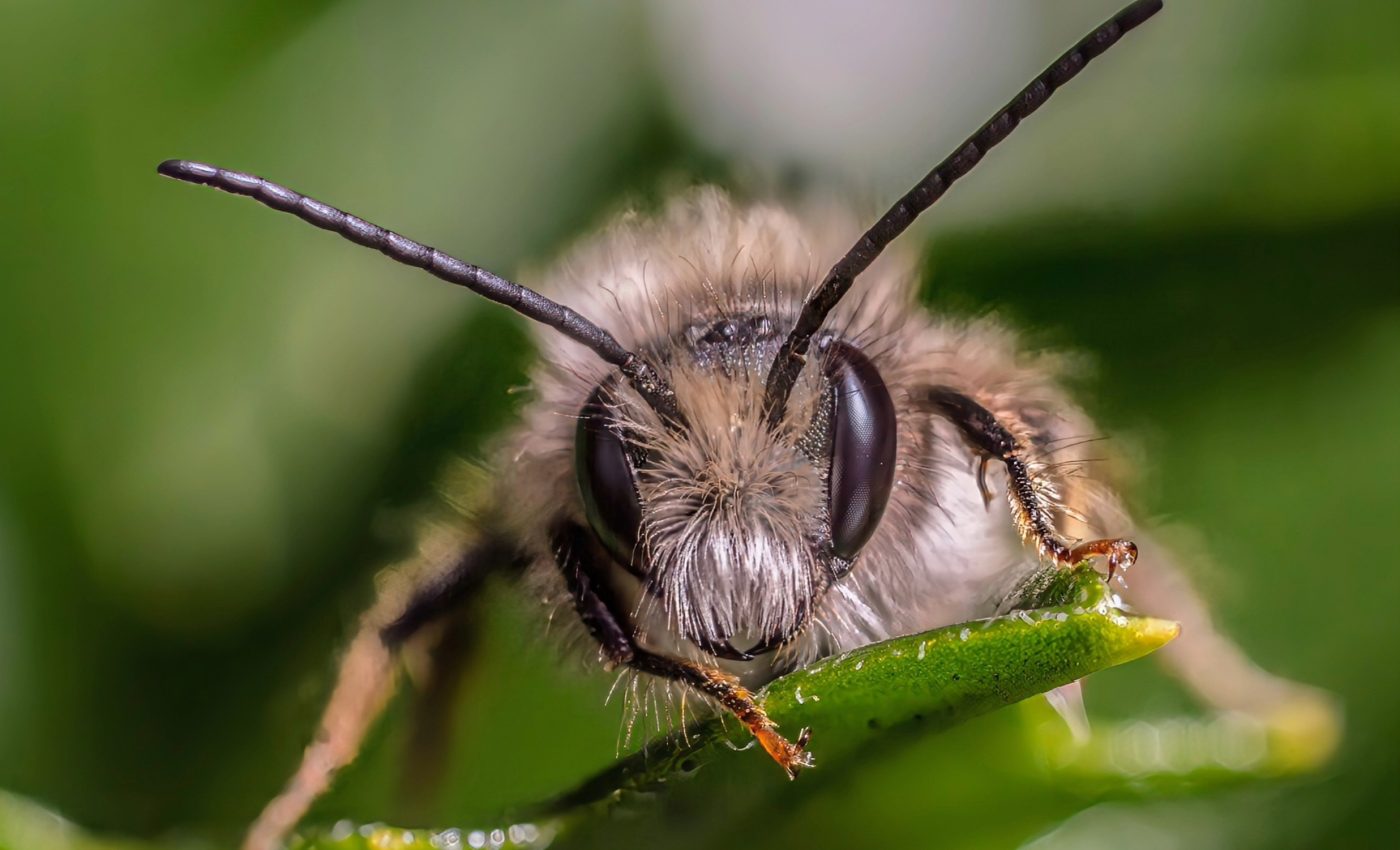
Bees are the latest victims of plastic pollution
Nano- and microplastic particles (NMP) are increasingly contaminating both urban and rural landscapes, bringing bees and other beneficial insects into contact with them.
If insects ingest these plastic particles from food or the air, it can damage their organs and alter their behavior, hindering their ability to perform essential ecosystem services like pollination and pest control.
Plastic pollution thus poses considerable risks to biodiversity, agricultural production, and global food security, according to a new review study conducted by an international team including researchers from the University of Freiburg.
Plastic particles in agricultural environments
Microplastic particles, measuring between one micrometer and five millimeters, and even smaller nanoplastics are making their way onto farmland.
While the harmful effects of NMP in water and on individual species are well documented, there has been a lack of systematic reviews on how these particles affect agricultural ecosystems.
To address this gap, the authors summarized 21 previously published studies. They focused on how pollinator insects and other beneficial insects come into contact with NMP and the consequences of ingestion for the insects, dependent ecosystems, and agricultural production.
The researchers identified different sources through which NMP end up on agricultural land, including plastic films, fertilizers, polluted water, and atmospheric depositions.
These plastic particles accumulate in the soil, and important pollinators and pest control insects ingest them from the air and food or use them to build nests.
Impacts of plastic on bees
The study established that bees’ ingestion of plastic leads to damage to their digestive systems, weakening of their immune systems, and changes in their behavior. This makes bees more susceptible to diseases, possibly causing them to pollinate plants less effectively.
Study co-author Alexandra-Maria Klein is a professor of nature conservation and landscape ecology at the University of Freiburg.
“We find microplastic in the gut of bees and see how wild bees use plastic to build nests. We therefore urgently need to investigate what interaction this has with other stressors, such as climate change, for the bees and their pollination services,” said Professor Klein.
A decline in pollination services negatively affects crop yields, and plastic pollution could further aggravate existing uncertainties in the global food supply, the researchers warn.
Exacerbation of environmental stressors
In addition, NMP exacerbate threats posed by other environmental stressors such as pesticides, chemical pollution, fungi, and pathogens.
Some areas become “hotspots” where plastic particles interact with harmful viruses. As a result of such interactions, NMP could have serious effects on pollinators and thus on the stability of the food system.
Further research is urgently needed
The researchers emphasized the limitations of their review. For example, they noted that only limited data is available on important pollinators and beneficial insects like bumblebees and ladybirds.
Moreover, the current data does not allow for a differentiated account of the effects of different sizes and amounts of nano- and microplastic particles.
The researchers emphasized that further studies are urgently needed to better understand the growing problem of plastic pollution and find solutions to it.
“It is already clear today, however, that there is a pressing need for political control of plastic pollution,” said Professor Klein.
Future research directions
“In addition to acknowledging plastic pollution as a key concern for biodiversity and associated services, we advocate for research on how diversified agricultural landscapes mediate the tradeoff between pollinator and pest control benefits and accumulation effects at ‘NMP hotspots’ to ensure long-term maintenance of crop yields and food security,” wrote the study the authors.
The experts noted that future research should target the development and refinement of methods that can be applied in laboratory, semi-field, and field studies to address global food security implications.
“Additional funding should be allocated specifically to understand NMP effects across scales on biodiversity-associated ecosystem services such as pollination and biological pest control in pursuit of the Global Biodiversity Framework’s roadmap for biodiversity conservation and a food-secure future,” concluded the researchers.
—–
Like what you read? Subscribe to our newsletter for engaging articles, exclusive content, and the latest updates.
Check us out on EarthSnap, a free app brought to you by Eric Ralls and Earth.com.
—–













